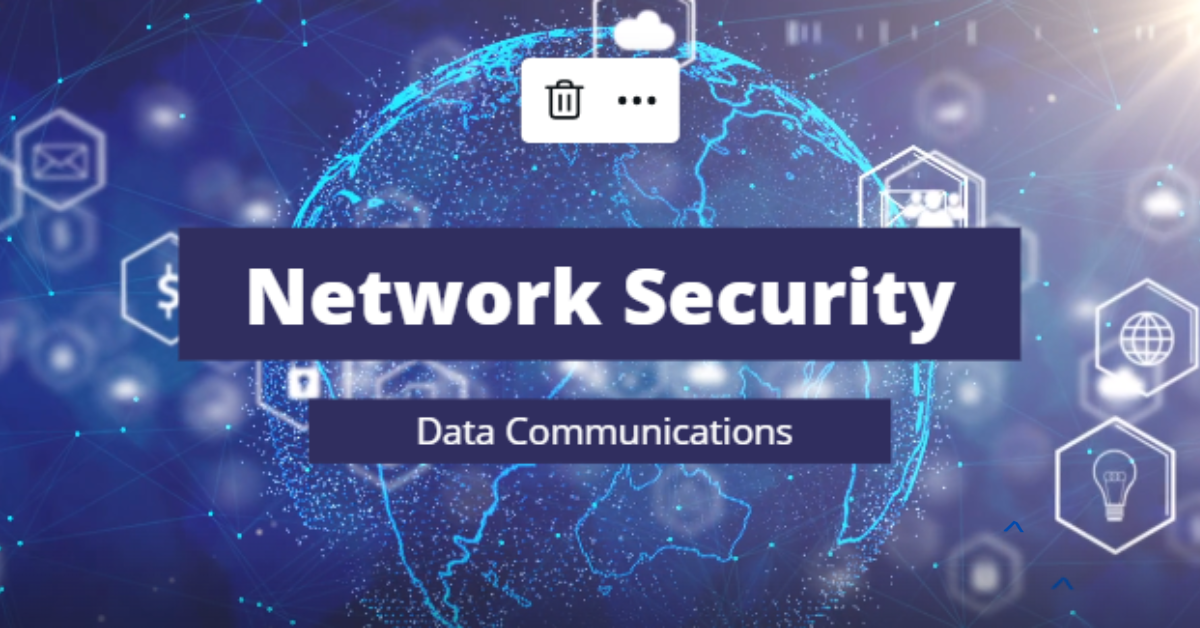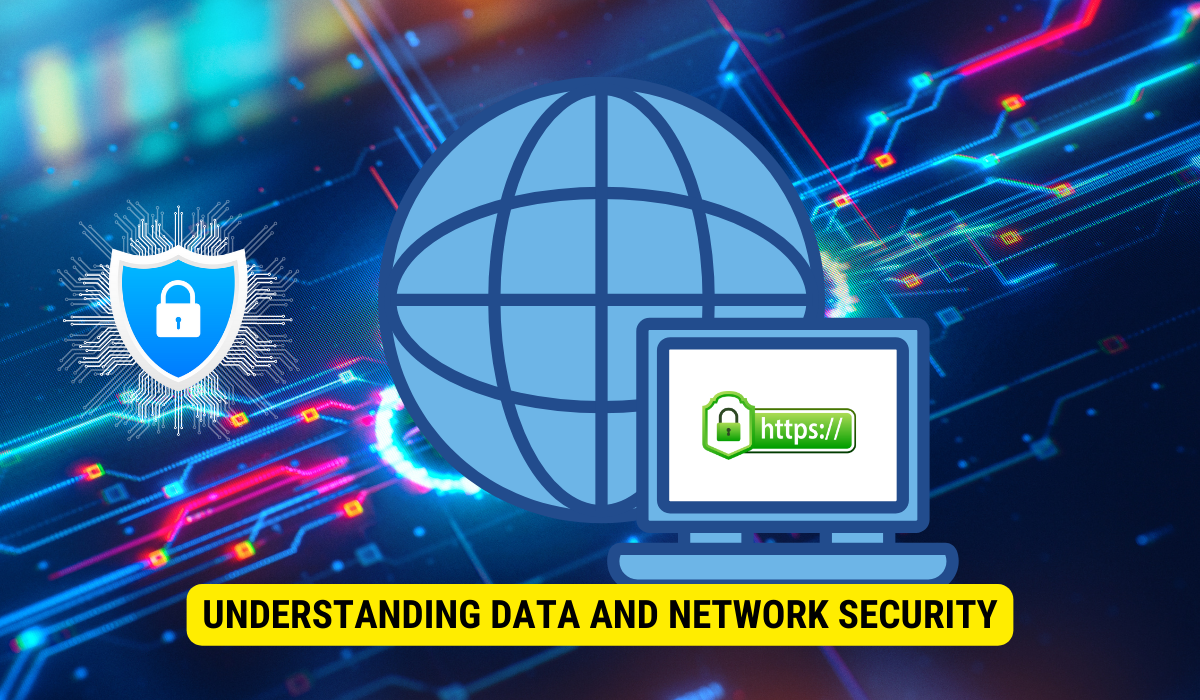Data and Network Security: Key Strategies to Safeguard Your Digital Infrastructure
Data and Network Security: Key Strategies to Safeguard Your Digital Infrastructure
Blog Article
Exactly How Data and Network Safety And Security Protects Versus Emerging Cyber Hazards
In an era noted by the rapid advancement of cyber threats, the significance of data and network protection has never been a lot more obvious. As these hazards become much more intricate, comprehending the interplay in between data protection and network defenses is necessary for alleviating risks.
Recognizing Cyber Threats

The ever-evolving nature of innovation consistently introduces new vulnerabilities, making it important for stakeholders to continue to be attentive. People might unconsciously drop victim to social design methods, where aggressors control them right into disclosing sensitive details. Organizations face distinct challenges, as cybercriminals frequently target them to make use of important information or interrupt operations.
In addition, the surge of the Web of Things (IoT) has actually broadened the attack surface, as interconnected tools can serve as access points for opponents. Identifying the value of robust cybersecurity methods is essential for minimizing these dangers. By cultivating a thorough understanding of cyber dangers, individuals and organizations can implement effective techniques to protect their electronic assets, ensuring durability despite a progressively intricate risk landscape.
Key Elements of Information Safety
Guaranteeing data protection requires a multifaceted technique that incorporates different essential elements. One essential element is data file encryption, which changes delicate details into an unreadable layout, accessible just to accredited customers with the proper decryption tricks. This acts as a vital line of defense against unauthorized access.
An additional essential part is access control, which manages that can watch or control data. By executing rigorous customer verification methods and role-based accessibility controls, companies can reduce the threat of expert dangers and information violations.

Furthermore, data concealing strategies can be employed to protect delicate details while still enabling its use in non-production environments, such as screening and advancement. fft perimeter intrusion solutions.
Network Protection Approaches
Applying robust network protection techniques is crucial for safeguarding a company's digital infrastructure. These techniques include a multi-layered method that consists of both software and hardware services created to safeguard the integrity, discretion, and accessibility of information.
One critical component of network safety and security is the deployment of firewall programs, which offer as a barrier between trusted inner networks and untrusted external networks. Firewall softwares can be hardware-based, software-based, or a combination of both, and they help filter outgoing and incoming web traffic based on predefined safety rules.
In addition, breach detection and prevention systems our website (IDPS) play a crucial function in keeping track of network website traffic for dubious activities. These systems can signal administrators to possible breaches and do something about it to reduce threats in real-time. Routinely updating and patching software application is additionally essential, as vulnerabilities can be browse around these guys manipulated by cybercriminals.
In addition, implementing Virtual Private Networks (VPNs) makes sure safe remote accessibility, securing information sent over public networks. Last but not least, segmenting networks can minimize the assault surface and have potential violations, limiting their effect on the overall facilities. By embracing these techniques, companies can efficiently strengthen their networks against emerging cyber dangers.
Ideal Practices for Organizations
Developing finest practices for companies is vital in keeping a strong protection stance. A detailed strategy to information and network security starts with normal threat assessments to identify vulnerabilities and prospective hazards.
Additionally, continuous employee training and recognition programs are crucial. Workers must be educated on identifying phishing efforts, social design strategies, and the relevance of sticking to safety and security protocols. Regular updates and spot monitoring for software and systems are additionally essential to protect versus recognized susceptabilities.
Organizations have to test and develop event action intends to make sure readiness for potential violations. This consists of developing clear communication networks and duties throughout a security case. Information encryption should be used both at rest and in transit to safeguard delicate information.
Last but not least, conducting periodic audits and compliance checks will assist make sure adherence to well established policies and pertinent guidelines - fft perimeter intrusion solutions. By following these finest practices, companies can substantially improve their resilience against emerging cyber threats and safeguard their essential possessions
Future Trends in Cybersecurity
As organizations navigate a progressively complex digital landscape, the future of cybersecurity is poised to advance significantly, driven by moving and arising innovations hazard paradigms. One famous fad is the integration of expert system (AI) and artificial intelligence (ML) into security Get the facts frameworks, enabling real-time danger discovery and reaction automation. These technologies can assess vast quantities of information to determine anomalies and prospective breaches a lot more effectively than typical methods.
An additional vital fad is the increase of zero-trust style, which calls for constant verification of individual identities and tool safety, regardless of their area. This approach minimizes the danger of expert hazards and enhances defense against outside attacks.
Additionally, the enhancing fostering of cloud solutions necessitates durable cloud safety techniques that resolve distinct vulnerabilities connected with cloud settings. As remote job comes to be a permanent component, protecting endpoints will certainly additionally end up being critical, causing an elevated concentrate on endpoint discovery and reaction (EDR) services.
Lastly, regulative conformity will certainly remain to shape cybersecurity methods, pressing organizations to embrace more rigid data defense measures. Accepting these patterns will be vital for companies to strengthen their defenses and navigate the evolving landscape of cyber hazards successfully.
Conclusion
In final thought, the execution of durable data and network safety and security steps is essential for organizations to protect against arising cyber hazards. By making use of encryption, access control, and reliable network safety approaches, organizations can significantly decrease susceptabilities and secure sensitive details.
In an era noted by the fast development of cyber risks, the importance of data and network safety and security has actually never been much more pronounced. As these risks come to be a lot more intricate, understanding the interaction in between data safety and security and network defenses is important for alleviating threats. Cyber hazards include a vast variety of harmful tasks intended at compromising the privacy, honesty, and availability of data and networks. A detailed approach to data and network protection starts with normal risk evaluations to determine vulnerabilities and possible risks.In conclusion, the implementation of robust information and network safety actions is necessary for companies to guard against arising cyber dangers.
Report this page